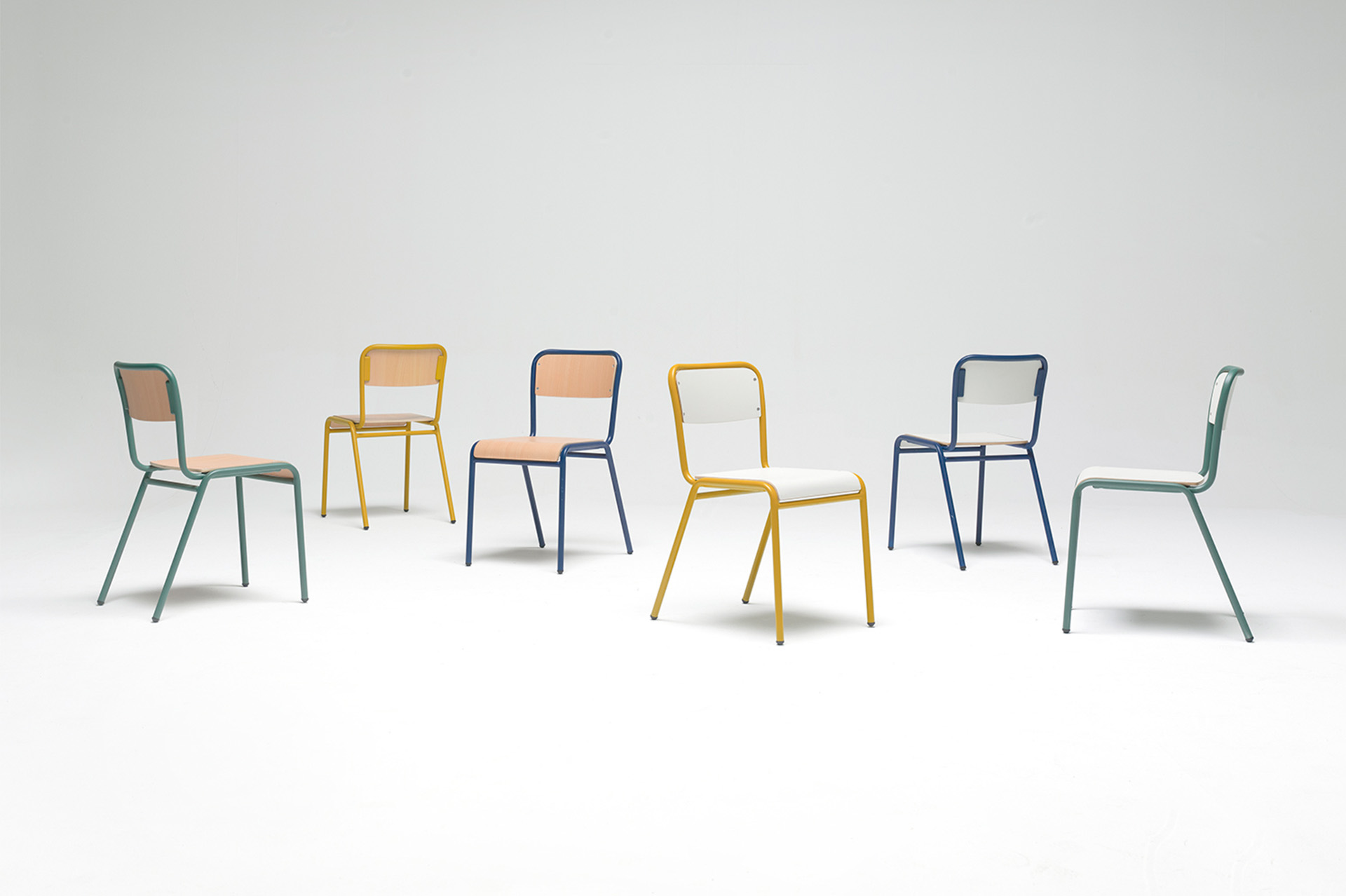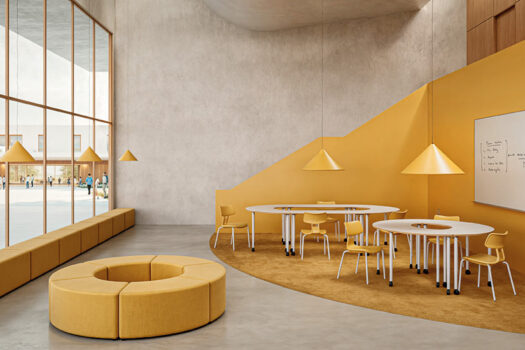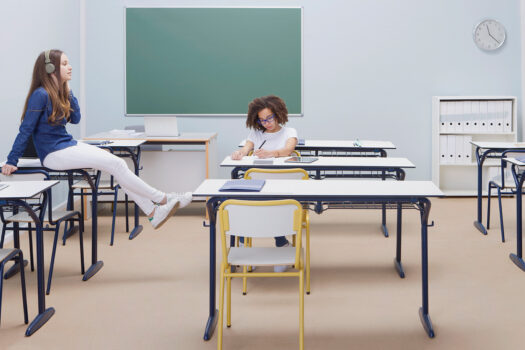The image of the all-knowing teacher delivering lessons to rows upon rows of static students may soon become a thing of the past—or at least be reserved for very specific situations—thanks to the classrooms of the future.
That is the perception of emerging experts and studies dedicated to educational innovation, who see school furniture as a driving force and facilitator of new pedagogical experiences. But it’s not just about placing a laptop in the classroom and relying on PowerPoint presentations. It’s a deeper process that involves rethinking classrooms as spaces for learning and experience.

From the U.S. education-focused portal, Getting Smart, they summarize in four key points the classrooms of the future that aim to promote personalized teaching adapted to the needs of modern times: a flexible layout, versatile furniture, integrated technologies, and natural light.
The goal should be to create spaces for differentiated learning, catering to both individual study and group activities, addressing the diverse needs that arise throughout a school day. At the same time, these spaces should accommodate students’ natural movements while enhancing the use of technology to stimulate their curiosity.

En FG, we are actively working alongside experts, teaching professionals, Diseño Alegre, and the Instituto de Biomecánica de Valencia (IBV) to develop new product lines that, by applying the highest standards of quality, safety, ergonomics, and efficiency, specifically address the furniture needs of the 21st-century school.
You can read the full article here.



